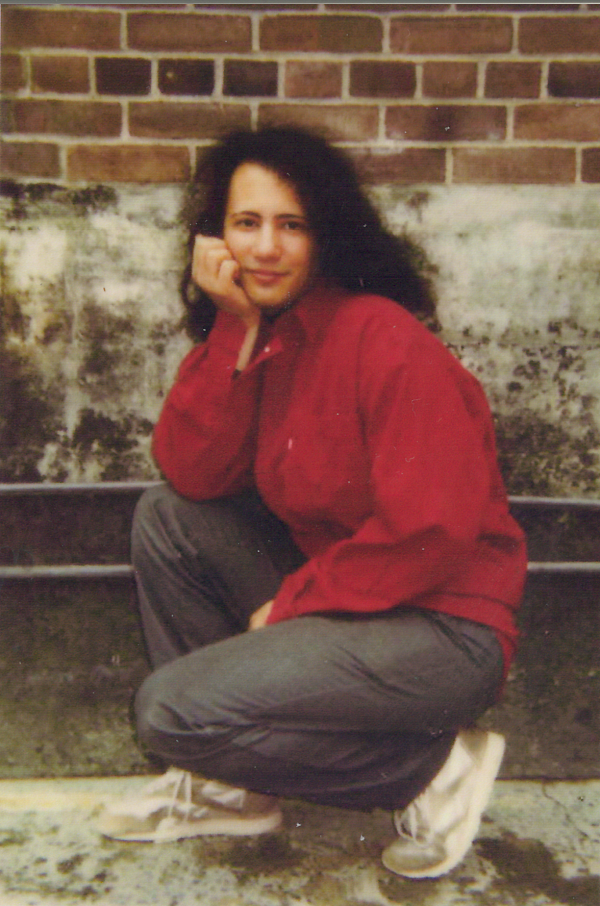In what may be the most extensive entry ever submitted to our blog, Jessica – an incarcerated trans woman – attempts to answer the question, “What is life like in prison?” She shares with us an entry that is chock-full of thoughts and stories, drawing from decades of personal experience. This is the third part of her series.
Warning: The following letter describes topics of physical and gang violence. Proceed with caution if you may be triggered by these topics.
“Playground Rules Part 3,”
by Jessica Brooks.

Jessica Brooks
This is the third part of a multi-part series. Read Part 1, Read Part 2.
Classes have two types of individuals: leaders and followers. The leaders are often the groups’ figureheads who act as actual leaders, to guide, teach or counsel the followers. Sometimes, a leader is designated merely by the act of creating a following, just by seeking out others with shared interests to get together, or by having a quality that others admire triggering their hero-worship. Leaders are original, outspoken, intelligent, and wise – at least in the standards of class. They tend to be creative thinkers, skilled in oral communication and debate, and brilliant story-tellers. Quite often, especially in prison classes, some leaders are arrogant, supercilious and narcissistic. They pursue self or class interests or enforce class principles with assertive vigor. Certain in their identity and beliefs, with little or no respect for their peers, elders or authority, they conceal teachings of hate, antisocial agendas, and judgment to followers in inspiring lectures of their superiority and righteousness while condemning all outsiders as inferior, unworthy, and treacherous. They often accuse outsiders of the same evils the class is guilty of, and rely on gossip, rumor and propaganda to further their causes, with violence as a potential. When violence is considered, it is always a follower who is goaded into action; a leader will never engage in a violent act so long as a follower can be used.
The followers have several levels depending on their reasons for being a part of the class. Some could themselves be leaders but prefer anonymity and join the class to combat loneliness. Some are members only out of a need for protection or to help conceal secret qualities that would result in rejection, humiliation or victimization. Some are captivated with a leader, a leader’s admirable qualities, or the cause or agenda of the leader. A good number of followers are independent, intelligent and not easily led like cattle, but the majority are quite often people lacking in education, identity and self-esteem. They frequently broadcast their originality and creativity, oblivious to the fact that they are merely mimicking others. These types of followers are intrinsically susceptible to peer pressure, lack empathy, and have no real opinions or beliefs. They are easily influenced and, thereby, manipulated by a leader skilled in persuasion. The followers will hero-worship the leader at least enough to emulate his appealing qualities. As noted earlier, this is why individual class members all resemble each other, yet appear different from other groups.
Followers make up the majority of each group and, in prison, the groups that offer the most inviting appeals are habitually the biggest, most powerful, and customarily most violent, such as gangs.
I once met a young African-American in his early 20’s. From the outskirts of Brooklyn, he had a gay uncle he adored and had a transgender woman in his ‘hood who he had a great friendship with even though she was 32 years older than him. He arrived into the prison only a few cells from me and we became fast friends. Regrettably, he was highly impressionable and fearful enough to accept the temptation of the Bloods, a powerful and violent gang. They enticed him with protection in vast numbers as well as free movement throughout the Blood-controlled facility. His mandatory initiation was to “Blood In” by committing a violent act against an enemy of the class. It was an unfortunate irony that the target they gave him was a “traitor,” an equally young man who left the gang to come out as a homosexual. “Blood In, Blood Out” meant that you spilled someone’s blood to join, and you lost your own blood to quit!
Reluctantly, my friend took the homemade shank given to him by his recruiter, and he sliced a long, deep gash in the cheek and jaw of the traitor from behind. What nobody told him was that his victim had a very big close-knit family, many of whom were also in prison. He went to SHU for his violent act…the “Box,” and on his way back from his daily hour of recreation a mere 4 days after, his throat was cut open from behind. He never made it to the hospital.
Come back and read the following installment of Jessica’s in-depth prison-review next week!!!


[…] This is the fourth part of a multi-part series. Read Part 1, Read Part 2, Read Part 3 […]